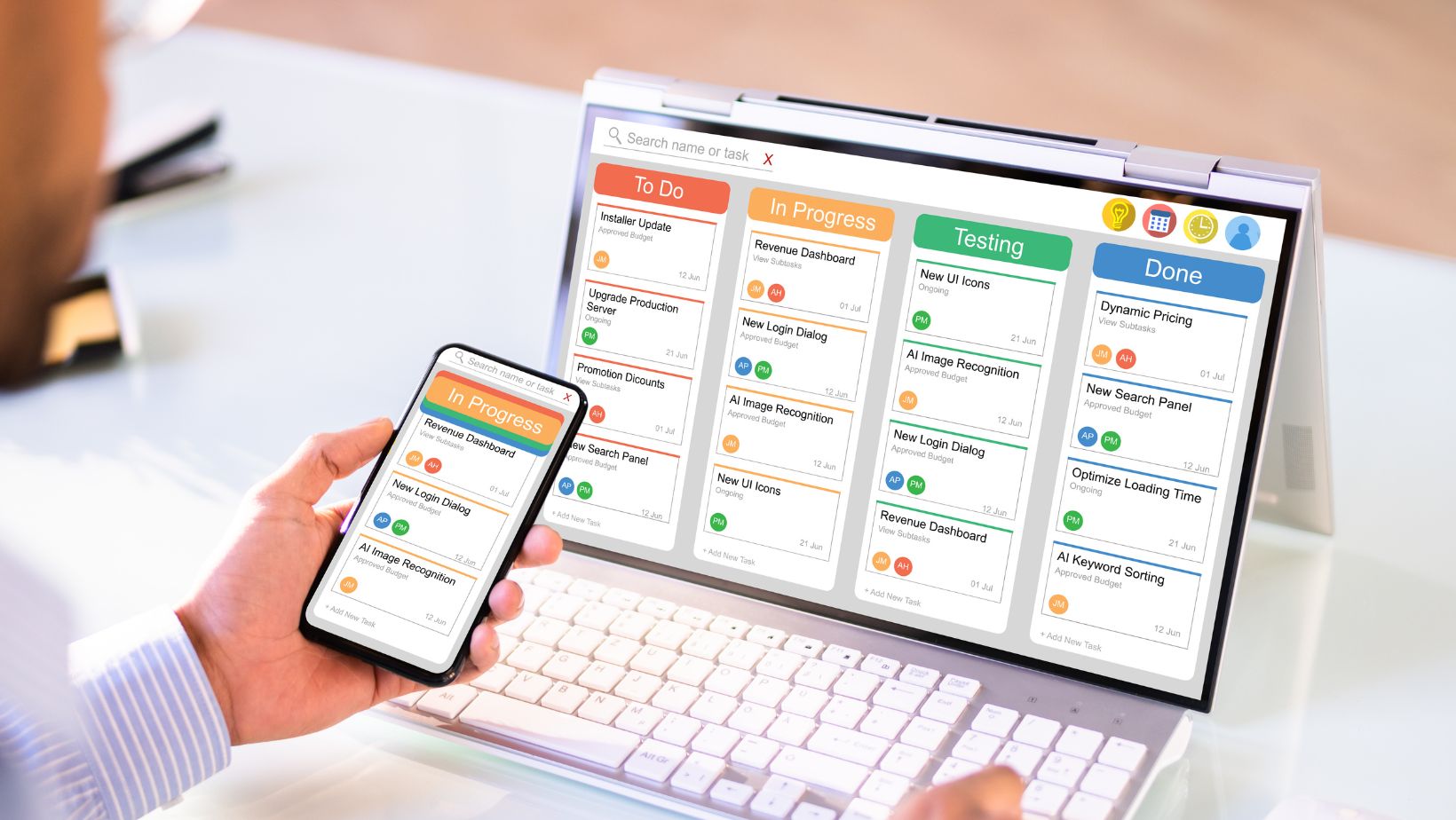Software delivery is changing at a rate that has never been seen before. QA teams are under more pressure than ever before as user demands increase, system designs get more complicated, and release cycles get shorter. Amid all this transformation, one technology is making waves never seen before: Artificial Intelligence.
You might already be employing some form of automation in your testing. But the inclusion of AI in software testing is not an afterthought, but an evolutionary step to keep up with the velocity, volume, and complexity of development requirements today.
How is AI changing the way you test then? Let’s examine it in more detail.
The Classic Testing Bottleneck
You are aware of the QA cycle’s conventional limitations if you have participated in it for a sufficient amount of time. Manual testing typically takes a long time, is unreliable, and produces delayed feedback. Writing and maintaining platform-specific scripts can become a full-time job, even with automation tools.
The actual challenge comes in maintaining tests relevant and reliable despite extensive code changes. Without context-aware insights, automated tests tend not to change with them, resulting in false positives, skipped bugs, or worse, overdue releases.
Where AI Steps In
AI in software testing isn’t about the automated replacement of human testers. Rather, it makes your job easier. Using AI’s machine learning algorithms and prediction models, you can identify patterns, prioritise test cases, identify anomalies, and eliminate pointless labour.
AI sees code changes, user activity, and past defects. This data suggests what should be tested, when to test it, and even how to conduct the tests most effectively. The outcome? Better coverage, quicker execution, and more consistent results.
Key Advantages of Utilising AI in Software Testing
Intelligent Test Case Creation
You no longer have to write every test case by hand. Computer systems can interpret application flow and generate test cases automatically according to usage patterns and risks. This saves considerable time on script writing and ensures more targeted coverage.
Improved Test Maintenance
Another time-consuming part of automated testing is test maintenance. Even small UI or functional changes cause scripts to break. AI can identify such changes and update or suggest updates to test scripts automatically, reducing downtime.
Improved Defect Prediction
AI models can also identify the regions of your application that are most likely to fail. By examining historical test data, the complexity of the code, and the history of commits, it identifies risk-prone modules. You can then target these areas in regression or exploratory testing.
Visual and Pattern Recognition
Current AI tools embed image recognition abilities. They are able to verify visual items (such as buttons, colours, structure) even where classical locators do not work. It comes in handy when testing dynamic or changing UIs quickly.
Faster Feedback and Decision Making
AI compresses the feedback loop by indicating critical problems early in the pipeline. This means that as a tester or QA manager, you can make decisions about release readiness, resource planning, and test planning quickly.
Use Cases You Can Relate To in the Real World
- Regression Testing: AI assists you in selecting only the most relevant tests given current changes, avoiding a lot of execution time, compared to executing whole test sets.
- Monitoring Performance: AI is able to identify faint patterns of performance decline before they escalate into full-blown issues by learning continuously from system logs.
- User Experience Testing: AI may analyse usage pattern data to suggest test scenarios that reflect usage patterns in the real world so that you can catch problems users are most likely to encounter.
What Does This Mean for You as a QA Professional?
As AI becomes more embedded in testing workflows, your role shifts from being purely execution-based to more strategic. You’ll spend less time on repetitive tasks and more on critical thinking, risk assessment, and decision-making.
Moreover, it’s an excellent opportunity to expand your skill set. Learning about how AI models work, how to critique their predictions, and how to feed them good-quality data will equip you with a valuable toolkit.
Rather than fearing AI, consider it your faithful friend that never gets tired of learning.
Challenges and Considerations
As with all technology, AI has its own limitations:
- Data Quality: AI systems are only as good as the data they’re trained on. You’ll need clean, relevant, and labelled datasets to make AI truly effective.
- Bias and Interpretability: It’s not easy to understand why an AI came up with a specific test decision. You have to have transparency in algorithms to have faith in what they deliver.
- Initial Learning Curve: Implementation of AI involves some upskilling and a change in attitude. But the long-term benefit substantially outweighs the initial barriers.
Is It Time to Rethink Your Testing Strategy?
If your process today is yet a burden, with brittle code and annoying bugs emerging their ugly heads after deployment, perhaps it is time to mix things up. The best news is that you don’t have to begin from the ground up in using AI for software testing. In incremental addition of AI-driven features, you can build on what you are already doing and make your life far easier.
From smart defect tracking to risk-based test prioritization, even a small adjustment with the help of AI can bring gigantic strides in the context of speed, quality, and team productivity.
Intelligent Software Delivery is the Future
The quick speed at which software is being delivered must be matched by testing. Making the shift from reactive to proactive quality assurance testing can be facilitated by implementing AI. Along with faster and more dependable releases, your QA function will also become more value-driven and data-driven.
It is not an either-or proposition between AI and human testers. It is one of the building a smooth collaboration that complements your strengths, not undermines them.
The only question now is no longer whether AI will revolutionise testing—it’s when you will incorporate it into your strategy.



